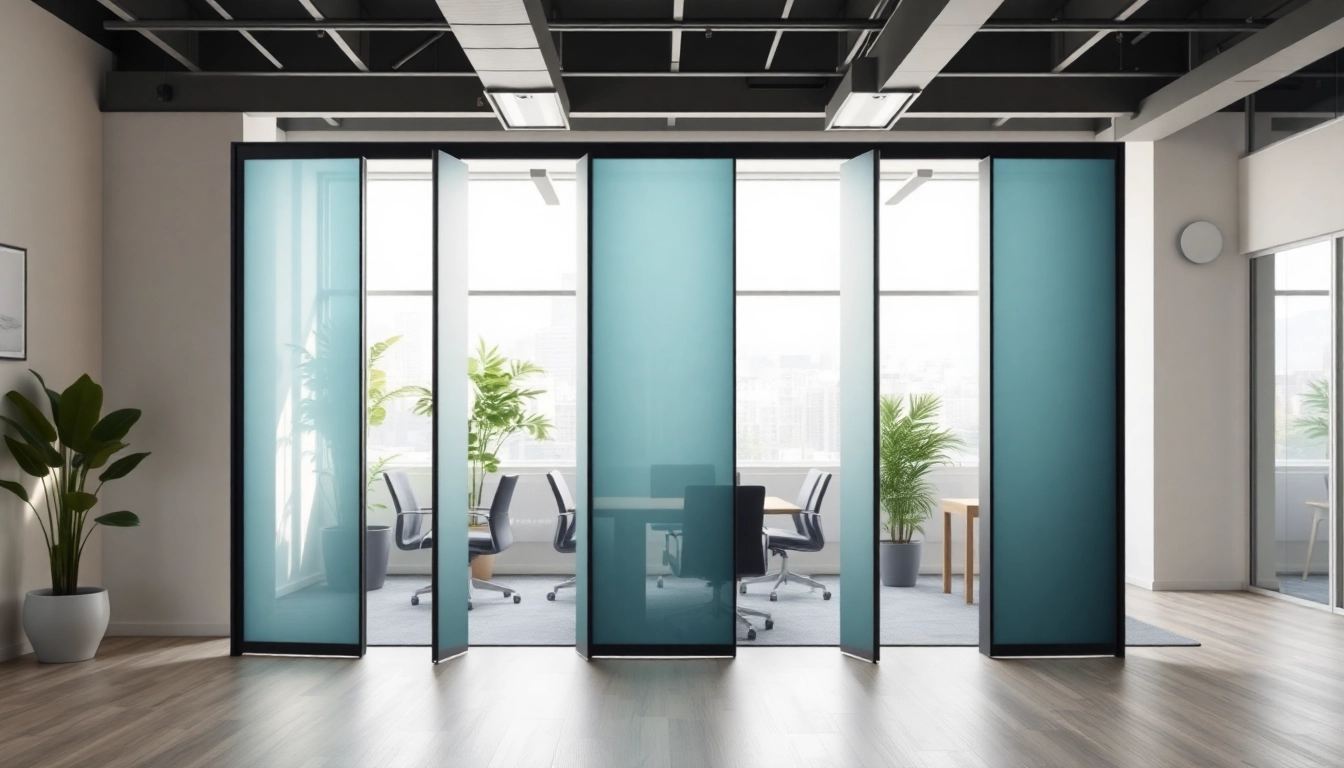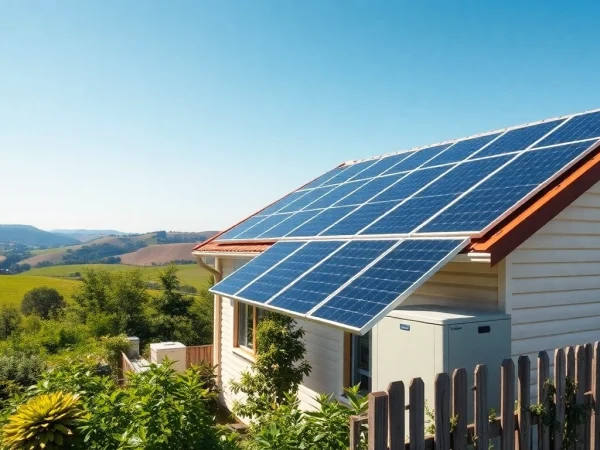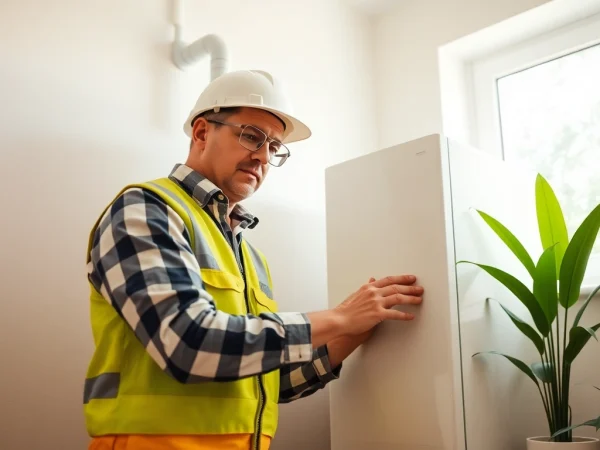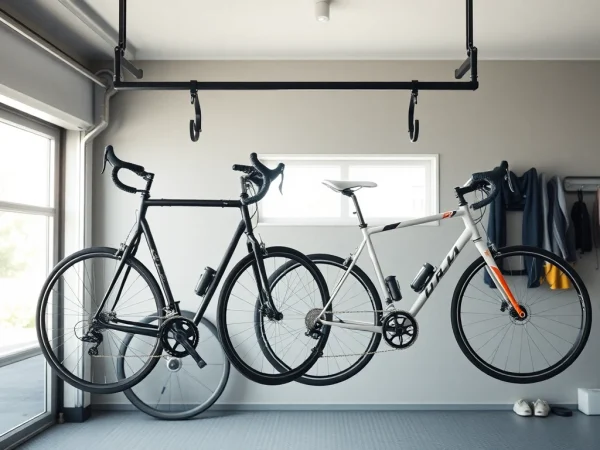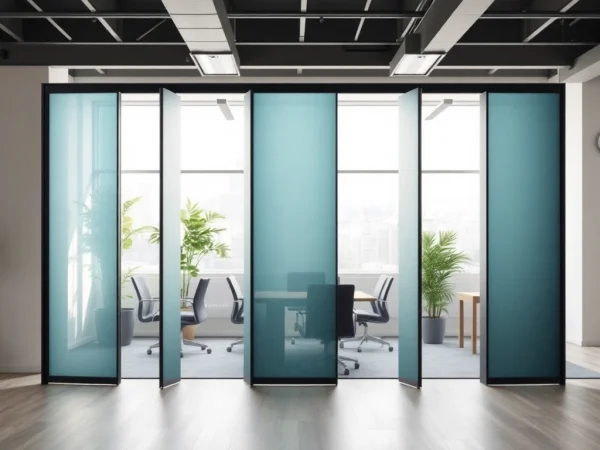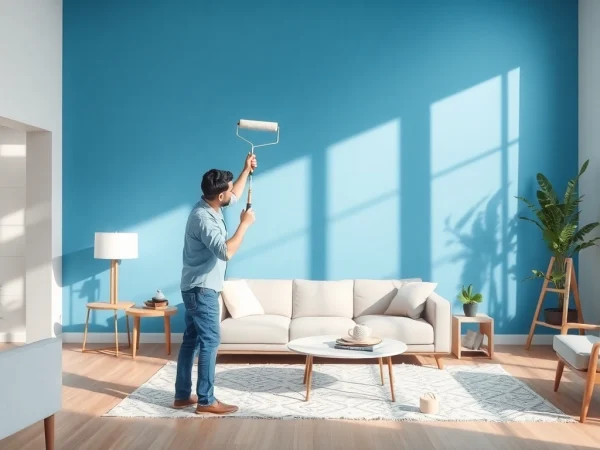Enhancing Space with a Folding Partition Wall: Design, Benefits, and Best Practices
Understanding the Folding Partition Wall Concept
Folding partition walls have become an essential element in contemporary architecture, especially in commercial and residential spaces. These versatile structures enable users to create modular and adaptable environments, promoting efficient space utilization. A Folding Partition Wall serves the dual purpose of functionality and aesthetics—allowing for seamless division of rooms while maintaining an open, airy feel. In this article, we will explore the concept of folding partition walls, delving into their benefits, applications, design considerations, installation, and maintenance, as well as comparisons with other types of space dividers.
What is a Folding Partition Wall?
A folding partition wall is a movable wall system designed to divide larger spaces into smaller, functional areas. These walls are typically constructed using lightweight materials that can be easily maneuvered, folded, and stored when not in use. The folding mechanism allows these walls to be retracted and expanded with minimal effort, enabling flexibility in how spaces are utilized. Variations can include operable partition systems that incorporate wheels or tracks for enhanced mobility and stability.
Benefits of Using Folding Partition Walls
The adoption of folding partition walls in both residential and commercial settings comes with numerous advantages. First and foremost, they offer flexibility, allowing spaces to adapt to various functions—be it a meeting room, event hall, or living area. This flexibility translates to increased space efficiency; organizations can maximize the usability of their premises, transforming environments based on changing needs.
Additionally, folding partitions contribute to sound insulation, which is crucial in multi-use areas. By utilizing special acoustic materials, these walls can help reduce noise pollution, enhancing privacy and concentration, particularly in office and educational settings.
From an economic perspective, deploying folding partition walls can save costs associated with permanent constructions. By investing in adaptable solutions, businesses can avoid extensive renovation costs every time they need to alter their layouts.
Common Applications in Residential and Commercial Spaces
Folding partition walls find application in diverse settings, including:
- Offices: Ideal for creating temporary meeting spaces or collaborative areas.
- Schools: Useful for classroom division or multipurpose spaces that need to accommodate different group sizes.
- Event Spaces: Provide flexible solutions for conferences, exhibitions, and gatherings by allowing quick room reconfiguration.
- Residential Homes: Offer homeowners the ability to redefine space, enhancing the functionality of living areas.
Design Considerations for Folding Partition Walls
When considering folding partition walls, several design factors come into play. Selecting the right configuration and materials is crucial to achieving the intended functionality and aesthetic appeal.
Choosing the Right Material for Your Space
The selection of materials for folding partition walls greatly influences their performance and appearance. Common materials include:
- Wood: Provides warmth and aesthetic appeal but may require more maintenance.
- Metal: Offers durability and a modern look, often used in commercial applications.
- Glass: Ideal for spaces where natural light is desired, fostering openness while maintaining acoustic privacy when treated with special coatings.
Choosing the appropriate material not only impacts durability but also plays a critical role in sound insulation and overall environment harmony.
Color and Style Options to Complement Your Decor
The design of a folding partition wall should complement the existing decor and style of a space. Customization options available include a variety of colors, finishes, and panel designs. For instance, a decorative wood finish may suit a cozy environment, while sleek metallic panels would align better with minimalistic themes.
Moreover, technology has made it possible to implement custom prints or artwork on folding partitions, adding a personal touch to a functional solution.
Incorporating Acoustic Solutions in Partition Design
Given that noise control is a key function of partition walls, it’s essential to incorporate acoustic elements into their design. Acoustic folding partitions employ sound-dampening materials that absorb sound waves, ensuring privacy and minimizing distractions in environments such as office spaces and conference rooms.
When designing these partitions, consider the acoustic rating which dictates how efficiently sound is blocked. Including soft furnishings, such as carpets and upholstered furniture, alongside these partitions can further enhance sound insulation.
Installation and Maintenance of Folding Partition Walls
The successful implementation of folding partition walls hinges on proper installation and ongoing maintenance. Understanding the process and care requirements can enhance both functionality and longevity.
Step-by-Step Installation Guide
Installing a folding partition wall can be accomplished through the following steps:
- Site Assessment: Evaluate the space for any structural limitations or design considerations.
- Measurement: Ensure accurate measurements for the partition to facilitate optimal installation.
- Prepare Mounting Points: Install hardware or tracks where the wall will attach to the ceiling or floor.
- Install the Partition: Follow manufacturer guidelines to securely install the partition walls, ensuring they function smoothly.
- Final Adjustments: Test the functionality of the wall to ensure it opens and closes seamlessly.
Regular Maintenance Tips for Longevity
To prolong the lifespan of folding partition walls, regular maintenance is essential. Here are several tips:
- Clean Regularly: Utilize appropriate cleaning solutions to remove dust and grime.
- Inspect Mechanisms: Routinely check the tracks, hinges, and locking systems for any signs of wear.
- Address Damages Promptly: Attend to scratches, dents, or functional issues immediately to prevent further deterioration.
Cost Considerations and Budgeting for Your Project
When budgeting for folding partition walls, consider the costs associated with materials, installation labor, and ongoing maintenance. Prices can vary significantly based on material choice, complexity of design, and sizing. Investing in high-quality systems may have higher upfront costs but can provide better longevity and performance in the long run.
Comparing Folding Partition Walls with Other Dividers
Folding partition walls are one of several options available for space division. It’s essential to understand their advantages and limitations in comparison to alternative systems.
Folding vs. Sliding Walls: Which is Better?
Both folding and sliding walls offer mobility, but there are distinctions that might influence your choice. Folding walls typically allow for more compact storage when retracted and can cover larger openings without requiring extra space for operation. Sliding walls, meanwhile, might be simpler to operate but require clear tracks on the floor or ceiling and may not achieve the same level of sound insulation.
Evaluating Room Dividers and Screens
Room dividers and screens provide different levels of partitioning. They are generally more lightweight and portable but may lack the structural integrity and sound isolation that folding partition walls offer. They are perfect for temporary arrangements but may fall short for more permanent or professional settings where privacy and sound management are crucial.
Benefits of Movable Partition Systems in Modern Design
Movable partition systems, including folding walls, are increasingly being integrated into modern architectural designs. Their versatility caters to diverse needs—whether for collaborative workplaces or transforming living spaces. The ease of reconfiguring environments aligns well with contemporary working habits, fostering adaptability and innovation.
Maximizing Functionality with Folding Partition Walls
To achieve the maximum potential from folding partition walls, strategic applications and thoughtful integration of these versatile designs are necessary.
Utilizing Folding Partitions in Office Layouts
In office environments, folding partitions can be instrumental in creating dynamic workspaces. They allow teams to convert open areas into focused work zones or collaborative spaces at a moment’s notice. This adaptability ensures teams can remain productive throughout varying phases of projects, encouraging creativity.
Creative Solutions for Event Spaces
Event spaces that utilize folding partition walls can transform from expansive areas suitable for large gatherings to intimate settings for smaller groups. By employing strategically placed partitions, event planners can create tailored atmospheres that align with the goals of each event, maximizing both engagement and experience.
Future Trends in Folding Partition Wall Technology
The industry continues to innovate, with advancements in materials and technology paving the way for the next generation of folding partition walls. Examples include enhanced soundproofing capabilities, sustainable materials, and smart technologies that integrate lighting and automated mechanisms for ease of use. Staying ahead of these trends can offer significant advantages for businesses and homeowners wishing to optimize their spaces.
